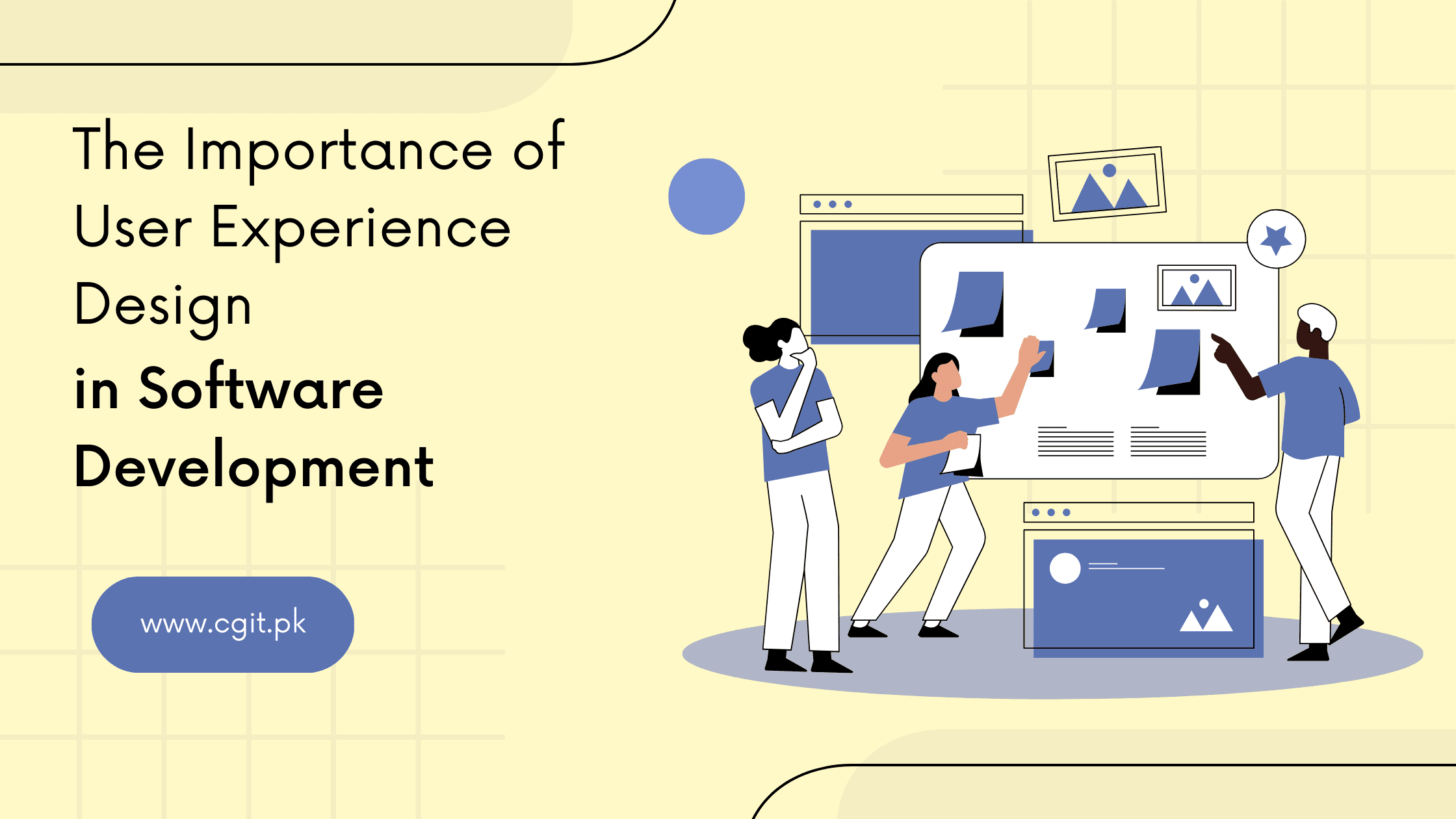
The Importance of User Experience Design in Software Development
User experience design is increasingly becoming an indispensable part of software development. It involves optimizing the user experience through a combination of user interface design, research, prototyping, and testing.
The goal of user experience design is to create a positive experience for the user by making the software easy to use, efficient, and enjoyable. It should be tailored to the needs and expectations of the target audience.
When done correctly, user experience design can significantly enhance a software product’s usability and appeal. It can also make it much easier for users to understand and use the software, which in turn leads to increased customer satisfaction and improved customer retention rates.
In this article, we will go over why user experience design is so important in software development and how you can use it to create a better product for your customers.
What is User Experience (UX) Design?
If you’ve ever used a computer program that works intuitively and makes it easy to perform tasks, then you’ve experienced the power of user experience (UX) design.
Simply put, UX design is the process of making software products functional and enjoyable for end users. By focusing on how users interact with software applications, UX designers improve the overall experience and usability of a product.
UX designers consider numerous factors when designing user interfaces (UIs). These include efficiency, intuitiveness, navigation, responsiveness, and visual appeal.
Additionally, they deploy the principles of human-computer interaction (HCI) to design interfaces that are effective in fulfilling a user’s needs while also improving their overall experience.
For instance, UX designers may develop interactive functions such as hover-over effects or pull-down menus in order to reduce the number of steps needed to complete a task.
With this approach in place, users are able to access information more quickly while having an enjoyable interaction with your software products as they do so.
Related Post: How to Choose the Right Software Solution for Your Business?
Why UX Design Matters in Software Development
You might have heard the term “UX design” and wondered what it meant. Put simply: UX Design, or user experience design, is all about creating software applications that are easy to use and provide a positive user experience.
An effective UX designer can make sure an application is comfortable to use, esthetically pleasing, and still serves the intended purpose of its user.
When software works as expected, users are more likely to stay engaged with it and be more productive. It results in less time spent troubleshooting issues and a decrease in the need for customer support and training time.
On top of that, users who have a great experience with your product will be more likely to recommend it to others—a major win when it comes to customer retention.
In other words, investing in good UX design can result in higher customer satisfaction rates and increased profits in the long run. Investing in UX design can make all the difference when you’re looking to optimize customer engagement with your application.
Also Read: The Benefits of AI-Enabled Chatbots for Businesses of All Sizes
How to Create a Good UX Design
Whether you’re developing a website, mobile app, or software program, it pays to take the time to create a good user experience (UX) design. Here are some tips on how to go about it:
- Understand Your Audience
To create an effective UX design, you need to get to know your audience—what do they need from your product? What challenges will they face when using it? Consider creating user personas that represent different types of users and their needs and preferences.
- Research & Iterate
Research other products in your field and their UX design. Look for areas where they’ve been successful, as well as areas where they may have fallen short. Use this research to inform your own UX design process and iterate as needed until you have something that meets your needs.
- Test & Refine
Put your UX design in the hands of real users and gather feedback. Ask them how easy the product was to use, what features were most helpful, and what could be improved. Use this feedback to refine your UX design until it meets or exceeds user expectations.
- The Essential Elements of UX Design
User experience (UX) design is a crucial aspect of software development that keeps users engaged with your product.
It involves designing the user interface, the look, feel, and behavior of a software application. By doing this, you ensure that users are able to easily interact with the product and achieve the desired outcome.
There are four essential elements to creating a successful UX design:
- Usability – The primary goal of UX design is to make sure the user can do what they want to do quickly and hassle-free. Usability is about making sure the design works for all types of users, no matter their technical proficiency or skill level.
- Esthetics – Esthetics refers to the overall look and feel of the product and how it appeals to users visually. It should be esthetically pleasing, consistent in its design, and have clear communication between screens and menus.
- Navigability – Navigability is important in UX design because it helps guide users through their journey within your product or application. When navigation is easy, intuitive, and efficient, users can access content quickly without confusion or frustration.
- Functionality – Functionality refers to how well the components within an application work together as a whole and how they perform under certain conditions or situations. By ensuring all functions are working properly, you create an optimal user experience for your customers.
Common Mistakes to Avoid When Implementing UX Design
The success of your software design hinges on its user experience, so it’s important to take the time to do it correctly. Here are some common mistakes to avoid when implementing UX design:
- Not Thinking from the User’s Perspective
It can be easy to think of your product from a “product first” perspective—i.e., what does the product need?
But UX design isn’t about the product, it’s about the user—what do they need? What would make their experience best? This is a fundamental change in mindset and you have to remember that at every step of the process.
- Not Testing with Real Users
Testing with real users is critical. You can develop wireframes or prototypes and test them in focus groups or with beta testers. User research and testing should happen throughout the development process—not just before launching a finished product.
- Not Accounting for Accessibility
It may sound obvious, but often times developers forget that not everyone will be using their product in the same way, or with the same device. Taking into account different abilities and making sure your interface is clear and intuitive for all users is essential for good user experience design.
By avoiding these common pitfalls, you can ensure that your software development project has an effective user experience that users will love!
Read More: WordPress Genesis Add Onload to Body Tag
Conclusion
In summary, user experience design is at the heart of any successful software development project. It’s key that UX designers pay attention to the details, the user’s journey, the layout, and the appearance of the software — which can all make or break the user experience.
Equally important is having a clear understanding of the target users and their objectives, and having empathy for their frustrations and challenges.
By keeping users in mind throughout the process, UX designers can better understand their motivations and create software that is intuitive, reliable, and delightful to use.




